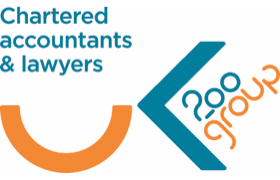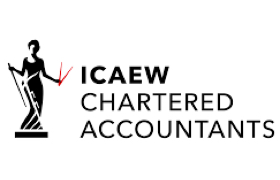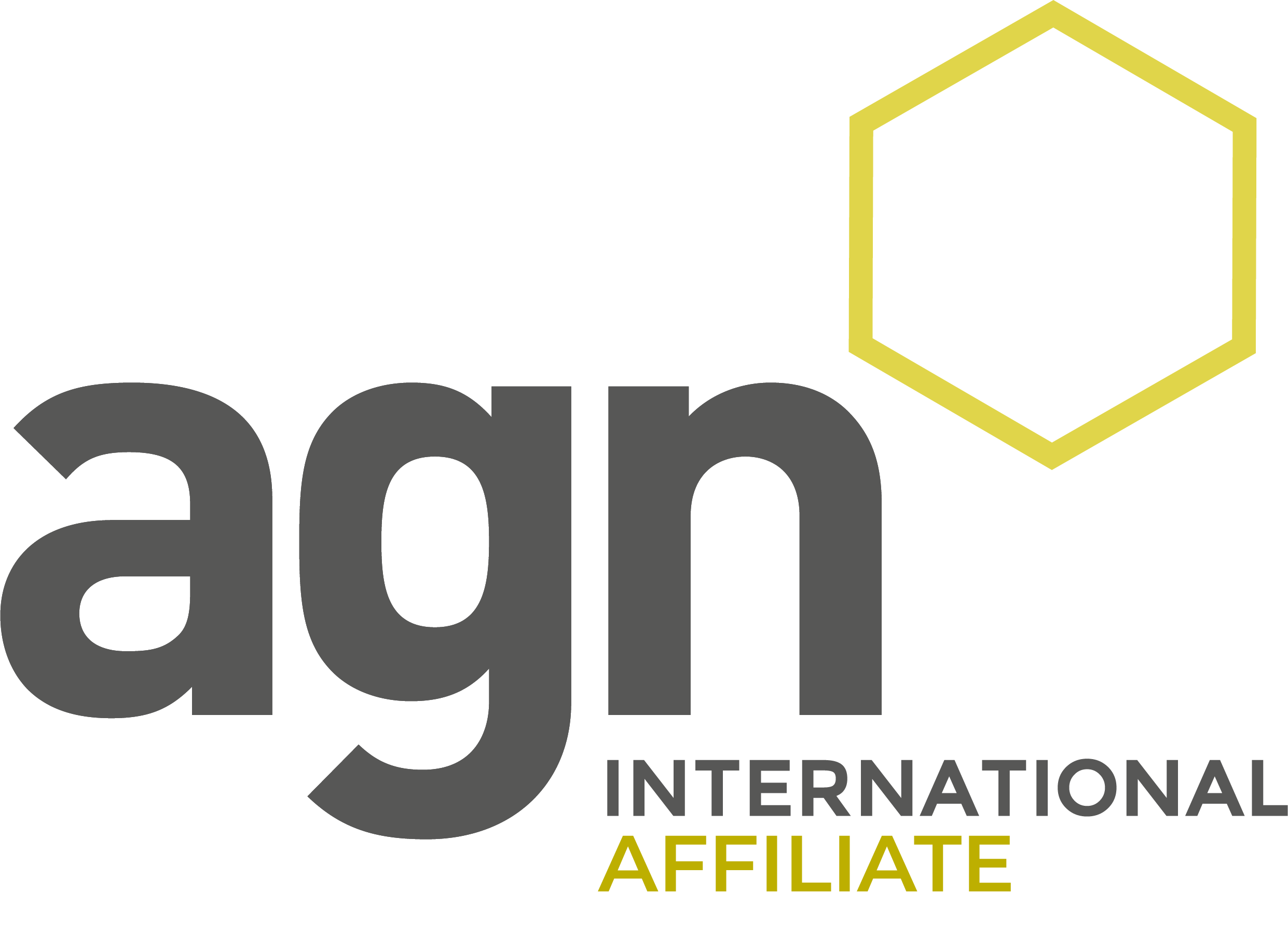National insurance contributions and dividend tax rates to increase by 1.25% from April 2022
- 8th September 2021
Whilst the Conservative party had pledged not to increase taxes Boris set out plans yesterday to break this promise in order to rebalance the financial impact the global pandemic has had on the NHS and support the gap in health and social care funding.
Effective from April 2022, there will be a temporary increase of 1.25% in Class 1 employee and employer national insurance contributions. Self-employed individuals will also see a 1.25% increase in Class 4 contributions.
It is expected that the increases will be separately legislated as a “health and social care levy” from April 2023 and NIC rates will return to 2021/22 levels. The levy will then be ring-fenced for health and social care and will be extended to individuals over state pension age in employment, who are currently exempt from paying NIC.
Below illustrates the changes due to come in to force:-
Employee Class 1 NICs Main rate / Higher rate |
Employer Class 1 NICs |
Self-Employed Class 4 NICs Main rate (i) / Higher rate (ii) |
|
Current year NIC rates (21/22) |
12% / 2% |
13.8% |
9% / 2% |
Temporary NIC rates for 22/23 |
13.25% / 3.25% |
15.05% |
10.25% / 3.25% |
NICs rates from 23/24 (return to previous rates) |
12% / 2% |
13.8% |
9% / 2% |
New Health and social care levy from 23/24 |
1.25% |
1.25% |
1.25% |
What does this mean for me?
- Employee
Employees subject to NIC and earning over the Class 1 primary threshold of £9,568 will pay an additional 1.25% contribution from April 2022
For example an employee earning a gross £30,000 will pay an additional £255 per year in employee national insurance.
- Employer
For each employee subject to NIC and earning in excess Class 1 Employer threshold of £8,840 the business will pay an additional 1.25% contribution on top of the existing 13.8% rate from April 2022.
For example, for an employer with five members of staff all earning £25,000 salaries, the additional cost per year would be £1,010 in employer national insurance
Paul Tofton, Partner said: “This is likely to be an administrative burden for businesses and also increases the costs of employing staff at a time when businesses are coping with the after effects of a pandemic, particularly in labour intensive sectors such as hospitality which have been some of the worst affected”.
Dividend tax changes
The government have also announced a 1.25% increase in dividend tax rates to coincide with the above changes from April 2022. Rates therefore increase to 8.75% for basic rate taxpayers, 33.75% for higher rate taxpayers and 39.35% for additional rate taxpayers. Whilst NIC changes had been mentioned in the press in recent days the additional Dividend Tax is therefore a surprise announcement.
Basic rate |
Higher rate |
Additional rate |
|
Dividend tax rates for 21/22 |
7.5% |
32.5% |
38.1% |
Dividend tax rates from 22/23 |
8.75% |
33.75% |
39.35% |
What does this mean for me?
A director of an owner managed business who typically draws a small salary and extracts dividends from their company will now suffer an additional 1.25% tax on the dividends they extract above the tax free dividend allowance of £2,000.
For example a director extracting a £40,000 by way of dividend income will see dividend tax rise by £475 per year.
For more information please do not hesitate to contact us.
Any news or resources within this section should not be relied upon with regards to figures or data referred to as legislative and policy changes may have occurred.



